After a 10% drop in the NIFTY, stock valuations are now more reasonable.
The NIFTY’s 1-year forward price-to-earnings (P/E) ratio is just slightly above the 5-year average.
Q2 earnings were weak in consumer sectors, but most other sectors remained stable.
Financials, Industrials, Healthcare, and Telecom are expected to see decent double-digit growth.
Positive factors for the second half of the year include a recovery in public capital expenditure (capex) and increased rural demand.
Urban consumption and asset quality remain key concerns to monitor.
Domestic flows remain strong, but market sentiment could be affected if foreign institutional investors (FII) continue selling.
Citi has upgraded Cement stocks to Overweight from Neutral, as they have underperformed since mid-2024 and are expected to see volume growth in the second half, along with a possible improvement in EBITDA/ton.
Citi recommends buying Ramco Cement and switching from Devyani to Jubilant Food in their mid-cap picks.
Key sectors to focus on: Financials, Telecom, Pharma (Overweight).
Key sectors to avoid: Consumer Discretionary, IT, Metals (Underweight).
Citi’s target for the NIFTY by September 2025 is 25,000, offering a 7% upside from current levels.
India is resilient to external challenges but faces a cyclical slowdown in domestic growth.
Near-term outlook remains range-bound due to weak earnings and high valuations.
Goldman Sachs remains tactically neutral on India and favors select domestic stocks.
They have raised the rating for exporters like Infotech to Overweight, as well as Pharma to Marketweight, due to stable or improving demand, earnings boosts from a weaker Indian Rupee (INR), and defensive characteristics of these sectors.
Goldman Sachs is focusing on quality growth stocks, companies with visible earnings, and themes with targeted alpha (outperformance).
India’s GDP growth is projected to slow to 6.3% year-on-year in 2025, down from previous years, due to fiscal drag and slower credit growth. This deceleration is expected to impact corporate earnings, which already saw lowered expectations in 2024. Consequently, Goldman Sachs has downgraded its stance on Indian equities.
While global macroeconomic pressures like a stronger US dollar and potential US tariffs on China may impact other markets, Indian equities are expected to remain relatively insulated.
Goldman forecasts a modest earnings growth for MSCI India, with 12% in 2024, 13% in 2025, and 16% in 2026—slightly below consensus estimates for the same period.
The brokerage focuses on sectors aligned with India’s long-term growth, such as housing, agriculture, defence, tourism, and the rising affluent middle class. These sectors stand to benefit from trends like urbanisation, increased defence spending, and a growing consumer base.
The four key qualities they look for in stocks are strong balance sheets, high earnings visibility, positive earnings revisions, and low-beta stocks.
Medium-term themes to focus on include housing, agriculture, defense, tourism, and the affluent Indian consumer.
Goldman Sachs expects the NIFTY to reach 27,000 by the end of 2025, based on earnings growth projections of 13-16%.
The market is expected to remain range-bound over the next three months, with a target of 24,000, and a stronger recovery in growth as the year progresses.
Bringing you the latest updates on finance, economies, stocks, bonds, and more. Stay informed with timely insights.

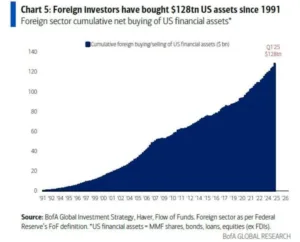



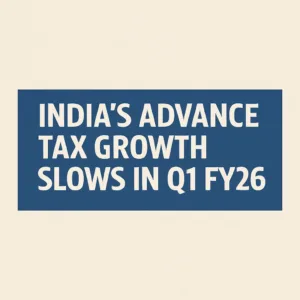

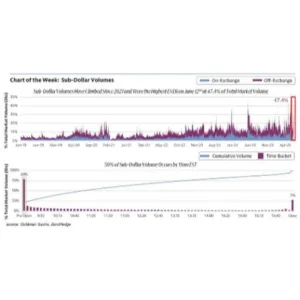
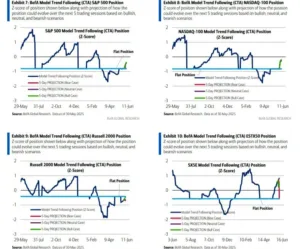




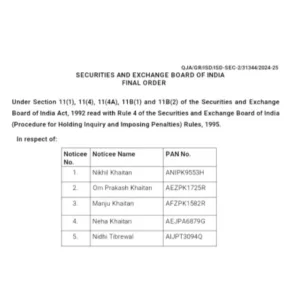



2 Comments